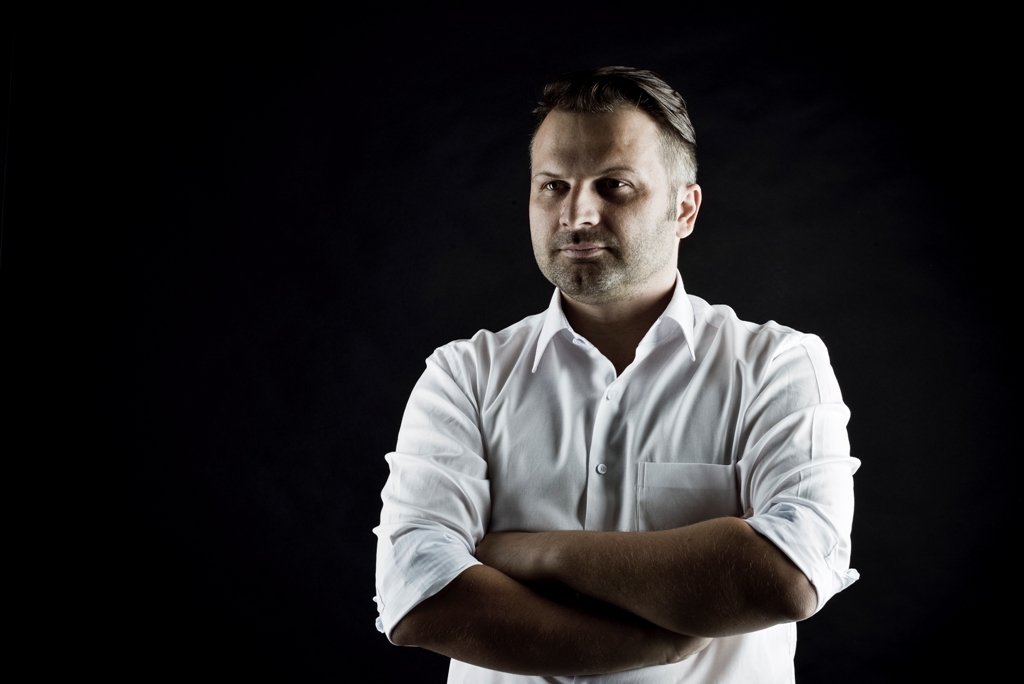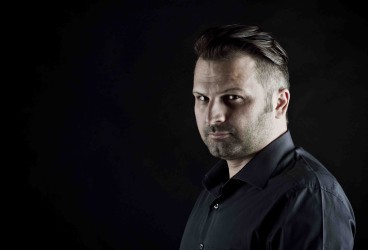
Vertical line – sequel
As we established before (at least, I hope we did), the vertical line separates the moment of setting the brand in the right folder (BEFORE-THE-LINE) from the moment of choosing the brand (AFTER-THE-LINE). This twist from the horizontal line (ATL-BTL) to the vertical one can be based on the analogy between the human brain and a computer. Is this approach applied when it comes to building brands and campaigns?
This approach was created not because we found this analogy brain-computer; it comes from the questions I’ve put myself every time I’ve built an advertising message, a campaign, a new brand:
HOW does advertising really work?
HOW do people understand advertising messages?
WHAT types of messages reach people, WHEN and WHY only some of them do that?
WHAT impact has advertising over people’s emotions, thoughts and attitudes?
80% from the advertising messages are not understood, but does that mean they aren’t efficient? The idea is to see how these messages are memorized.
There are a lot of classifications of memory (Atkinson & Shiffrin, Broadbent, K.W Spence & J.T. Spence) but from the majority of their work we can conclude that there are 2 types of memory: explicit and implicit.
EXPLICIT memory is determined by the consciously updating of facts and events.
IMPLICIT memory is influenced by past experiences that we are not aware we had.
Studies, research and many experiments have proven that the majority of the advertising messages influence the implicit memory. One will remember perceptual characteristics (outline, luminosity, contrasts, colors) of an ad more that understanding and truly decoding it. In this way we can explain why marketing & agency people insist on keeping the exact chromatic, font, logo placement, ad print format, things that maybe we did out of the routine of our job, without understanding why.
Coming back to BEFORE-THE-LINE and AFTER-THE-LINE (I must keep the whole naming, being unable to use acronyms, because of the ATL and BTL intended confusion) and to the studies about memory, I think we can make the following analogy (another one): BEFORE-THE-LINE = the process of memorizing (to store), AFTER-THE-LINE = rediscovering of the memory (retrieval).

 Previous Post
Previous Post Next Post
Next Post BACK TO TOP
BACK TO TOP